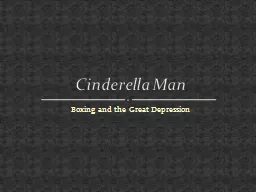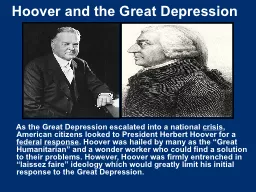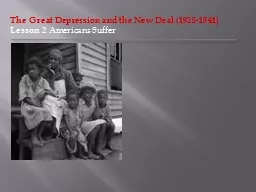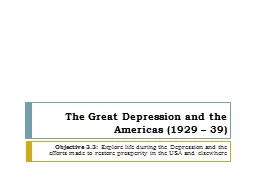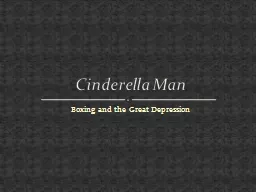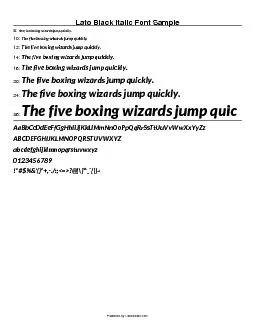PPT-Boxing and the Great Depression
Author : aaron | Published Date : 2017-08-04
Cinderella Man Amateur and Professional Gloves regulation since 1867 15 rounds of 3 minutes each with one minute break in between If either man falls he has to get
Presentation Embed Code
Download Presentation
Download Presentation The PPT/PDF document "Boxing and the Great Depression" is the property of its rightful owner. Permission is granted to download and print the materials on this website for personal, non-commercial use only, and to display it on your personal computer provided you do not modify the materials and that you retain all copyright notices contained in the materials. By downloading content from our website, you accept the terms of this agreement.
Boxing and the Great Depression: Transcript
Download Rules Of Document
"Boxing and the Great Depression"The content belongs to its owner. You may download and print it for personal use, without modification, and keep all copyright notices. By downloading, you agree to these terms.
Related Documents

